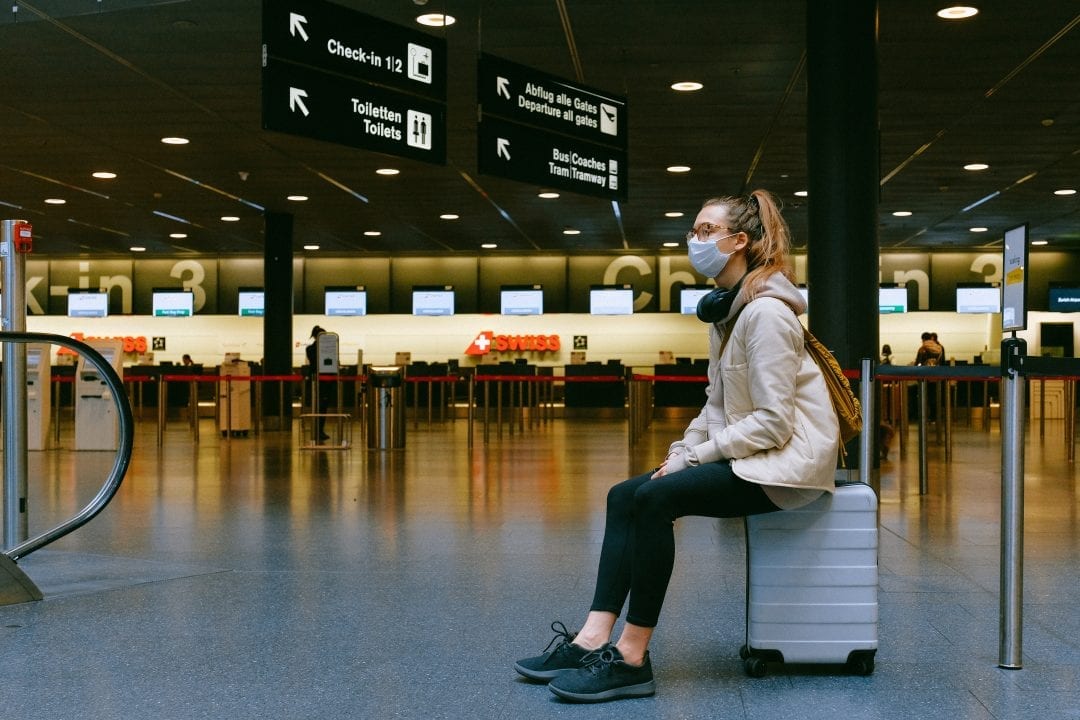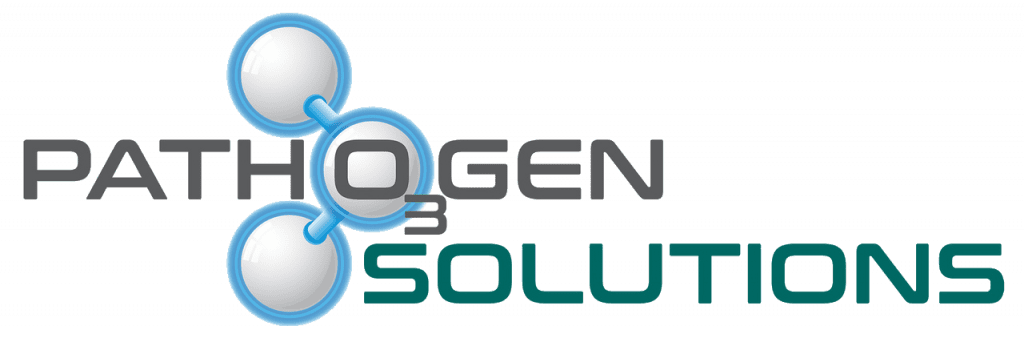3 Reasons Why Ozone + UVC light are the Future of Disinfection

Throughout this pandemic the need for proactive, powerful, and quick disinfection solutions has become clear. People are washing their hands, wearing masks, and social distancing, but the pressure is especially high on businesses.
Coronavirus has alerted us to the dangers ahead if we do not establish reliable infection prevention protocols today. Pathogens multiply rapidly and exponentially and spread anywhere they can. As a result, we need to establish protocols that not only make people feel safe, but that provide dependable disinfection results.
For over 80 years UV light has been used to kill pathogens in many applications, and until recently UVC had been considered as the “antidote” for any disinfection problem. However, what if there was a way to harness the power of UVC light and supercharge it for a process that’s about 100x – 1000x more effective than using UVC light alone? The secret is combination disinfection using Ozone + UVC light and we’re going to cover 3 reason why Ozone + UVC light is the future of disinfection.
1) Higher Disinfection Rates
The use of UVC light alone results in an average disinfection rate of 99%, which might sound sufficient but overall low disinfection rates like this can mean the difference between outbreaks being under control or costing lives. Whereas combination disinfection using Ozone + UVC light results in a 99.999% disinfection rate. At first glance, the difference between 99% and 99.999% might seem non existent, but when looking at the numbers of how 99% compares to 99.999%, the difference demands attention. According to log reduction conventions, if we started with 1 million CFUs* after a 99% disinfection rate, we would be left with about 10,000 CFUs compared to only about 10 CFUs after using Ozone + UVC light.
*CFUs : Colony Forming Units (pathogens/bacteria/viruses)
Log Reduction Chart with remaining CFUs and Percent Reductions
Log reduction and percent reductions. Chart by InfectionPrevention.tips
2) Limits Pathogen Regrowth and Regeneration
Ozone targets the cell walls and casings of viruses and bacteria making the pathogens porous and highly susceptible to UVC light, giving it direct access to the nuclear DNA/ RNA. Although UVC light does provide disinfection results, it can sometimes leave room for regrowth or repair of microorganisms. According to the CDC, Germicidal UVC has wavelengths between about 200 nm and 300 nm which gives it the ability to damage nucleic acids. UVC light is a form of Ultraviolet light that has a short wavelength, it “kills cells by damaging their DNA. The light initiates a reaction between two molecules of thymine, one of the bases that make up DNA”.
UVC is effective at damaging microorganisms but, since it mainly targets the nuclear DNA, if there is a cell wall or casing around the microorganism it will take longer for the UVC light to penetrate and effectively destroy the pathogen. This allows for the pathogens to regenerate and become stronger.
3) Disinfects In Seconds
There are many disinfection methods that exist but not all methods are practical. Some have consumables that need to be frequently replaced or replenished, such as chemical foot baths, and sticky mats, others such as some UV robots can take hours to disinfect a room, with a significant decrease in efficacy as the distance from the light increases. As infection prevention protocols are tightening around the world, so are the standards for disinfection results. Facilities need something that can be seamlessly implemented into their current sanitation protocols, and Ozone + UVC delivers consistent, proven results.
Conclusion
Following the destructive onslaught of the COVID-19 pandemic, disinfection standards are being questioned. Are facilities looking for a panacea that makes people feel safe, or are they willing to invest in proven market leading technologies? The benefits of Ozone + UVC light are clear, this combination yields higher disinfection rates, limits pathogen regrowth and generation, and disinfects in seconds giving early adopters an edge over more resistant facilities.
By harnessing the power of Ozone + UVC light, PathO3Gen Solutions formulated and patented a precise combination that yields powerful results that are 110x more effective than UVC light in only 8 seconds. Their technology is setting the standards for the future of disinfection, starting at two of the most significant sources of infections, our shoes and the floors.
Click here to learn more.

